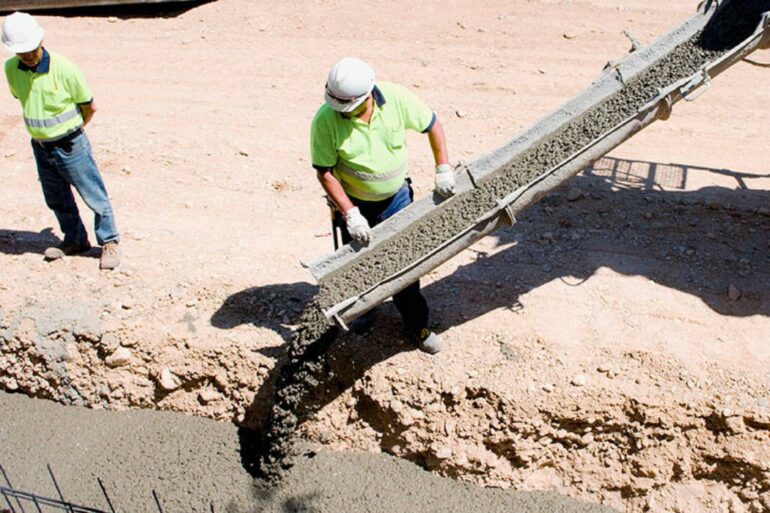Calgary-based cleantech startup Carbon Upcycling Technologies (CUT) has raised $34.4 million CAD ($26 million USD) to deploy its carbon capture and utilization (CCU) tech at cement plants in North America and Europe.
CCU is part of a climate-mitigation strategy that takes carbon emissions from the open air, or point sources like a smoke stack, to repurpose into other products.
Founded in 2014 by CEO Apoorv Sinha, Carbon Upcycling’s CCU solution combines carbon dioxide with local industrial byproducts and natural materials to transform them into “high-performance” alternative materials for cement and concrete.
Carbon Upcycling said it can reduce the amount of cement required in concrete by up to 50 percent.
The all-equity Series A round was co-led by two new investors in decarbonization technology: BDC Capital, through its Climate Tech Fund, and United Kingdom-based venture capital firm Climate Investment. Local Investing YYC is also a new investor this round, CUT said.
The round also saw participation from previous investors, including Clean Energy Ventures and its angel investor collective Clean Energy Ventures Group, Amplify Capital, Oxy Low Carbon Ventures, CRH Ventures, and Cemex Ventures.
This round brings CUT’s total funding to $52.55 million USD, including $32.25 million in investment and $20.3 million in grants.
According to Carbon Upcycling, the funding will be used to support the integration of its CCU technology into several commercial projects including two separate cement plants with CRH in Canada and CEMEX from the United Kingdom–both of which contributed in the Series A financing through their individual venture arms.
“The cement plant integration we are supporting means this technology will be deployed at commercial scale in one of the largest cement plants in Canada, demonstrating a cost-effective, circularity-based method of producing low-carbon cement,” said Eduardo Gomez Mendoza, head of CRH Ventures.
Emissions from manufacturing of conventional cement have remained “stubbornly high,” according to the International Energy Agency.
RELATED: Oco partners with Adidas to launch shoes sporting carbon-captured ink
Carbon Upcycling said its technology can help reduce emissions in two ways. In addition to locking CO2 in industrial byproducts and materials, it can also reduce the amount of cement required in concrete by up to 50 percent by introducing a new class of cement alternatives. Cement is a binding agent that typically makes up 10 to 15 percent of concrete by volume.
According to CUT, the company achieves 400 kg of carbon dioxide emissions reduction for each ton of cement produced. CUT says it has so far deployed 16,000 cubic metres of concrete with partners such as BURNCO, the City of Calgary, the Minnesota Department of Transportation, and AECON.
Beyond cement, Carbon Upcycling’s technology can be applied to a variety of materials for a range of industries such as industrial plastics.
In 2021, Carbon Upcycling launched its consumer brands division, Oco, which recently partnered with Adidas to create 400,000 pairs of trail running shoes featuring carbon-captured ink.
Prior to this round, the company said it has received grant funding from the Government of Canada, UK Research and Innovation, and the US Department of Energy through work with the Colorado National Renewable Energy Laboratory.
Featured image courtesy Carbon Upcycling.
Note: The subheadline has been updated to reflect up-to-date numbers. CUT claims it can reduce the use of cement in concrete by 50 percent, not 20 percent.


